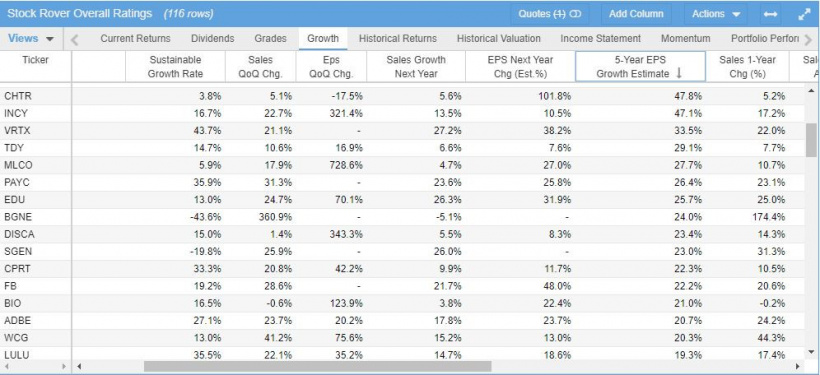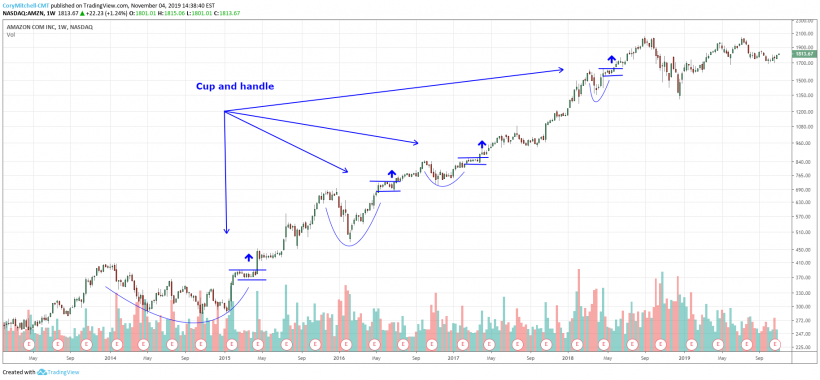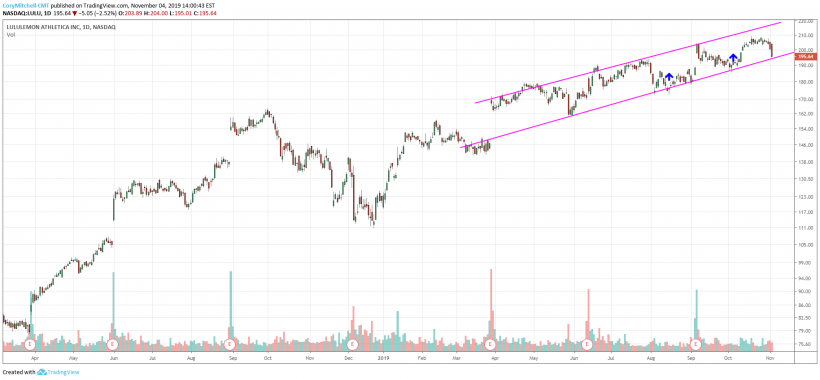How to Analyse a Stock Before Investing
Contents
How to analyse a stock before investing is one of the key questions any investor should ask themselves before committing any money to a stock trade. Learning how to analyse a stock is more important than just getting a stock tip, or buying based on a news event, because when an investor learns how to analyse stocks they can form their own opinions which means they aren’t reliant on others for information. Other’s information may not always align with our best interests, our investing goals, or our investing timeframe.
In order to start analysing stocks, we first need to establish some guidelines for how we want to invest. This includes deciding on which approach we will use to analyse stocks. Once we’ve decided these things, we can start learning some strategies and tactics for finding investments that meet our parameters. All this is discussed below.
Invest Based on Fundamental or Technical Analysis
There are two main ways to analyse a stock.
Fundamental analysis is looking at how the company is run, how profitable they are, and whether their business or growing or declining. This form of analysis is highly dependant upon looking at the company’s financial statements and their financial ratios. There are loads of books on this topic, including a timeless classic, Security Analysis by Benjamin Graham.
Technical analysis is the study of the stock’s price history, and where the price could be going. Technical analysts believe that if a company is going to do well, or has done well, that will be reflected in the stock price. If a company is doing great but no one is buying the stock, the stock price won’t go up. That isn’t necessarily a good investment because unless the price starts doing up there is no money to be made.
Many investors combine technical and fundamental approaches, getting the best of both worlds.
Fundamental Investing Approaches
Two common ways investors use fundamental analysis is to search for value stocks or growth stocks.
Value stocks are companies that trading at a low price/earnings (P/E) ratio. For example, assume a company made $5 in earnings last year, and their stock price is $15. The P/E ratio is three. As of 2019 the average P/E ratio of the S&P 500 stocks is hovering around 23.
That stock could be considered a value because it has such a low P/E. It’s not quite that simple though. Maybe the company has a lot of debt, or maybe next year they are only likely to make $1 in earnings per share. That would put their P/E ratio at 15 next year (if the price stays at $15). That’s not quite as good of a deal anymore.
Value investors may also look at book value per share. This is the paper value of a company if it were liquidated. Stocks with a share price that is less than the book value per share may be trading at a bargain. This is because if the company were to be sold off, the proceeds would be worth more than the price paid for the shares.
Once again, it isn’t as easy as that. That’s because assets aren’t often sold off, which means those proceeds may not be realized. A company can stay in distress for years, and the whole time their assets dwindle in value to nothing. Also, unless the stock price goes up, it doesn’t matter what the assets are worth on paper. The price of the assets on paper may not be what they are worth to someone buying them.
Growth investors look for growing companies. They are less concerned with the P/E because typically it will already be high. They are betting on future growth, not the company’s current financial standing.
For example, assume a company has $1 in earnings over the last year and trades at $30 per share. That’s a P/E of 30. Next year, the earnings are expected to be $2.50. If the company delivers, the forward P/E is 12! If the company is expected to keep growing for several years, their earnings could be up to $10 per year, now $30 per share seems pretty cheap. It’s actually a value stock in the sense that it has a low forward P/E based on expected future earnings.
The following chart shows some stocks with high future growth prospects in the US.

Growth investors look to see increasing earnings year after year. If the company has one bad quarter the stock price may drop, and the growth investor could buy expecting the increasing earnings to resume.
The danger with growth investing is that it is heavily based on positive outlooks and expectations which may not develop. When that happens, these types of hyped up stocks can have fast and dramatic falls.
Shorter term traders will be more concerned with quarterly financial data. If the company can string together a couple good quarters, that should fuel the stock price higher and short-term traders make a profit. A longer-term investor will be more focused on seeing yearly financial data continue to improve. This will help propel the stock higher for multiple years, potentially.
Technical Investing Approaches
Technical analysts use price charts as their main trading tool. Shorter-term investors will use daily charts, while longer-term investors will use weekly or monthly charts.
Technical indicators are one tool investors can use. The moving average convergence divergence (MACD) is a popular indicator. When the lines are above 0 it helps indicate an uptrend in the stock price. When the MACD crosses above the signal line, this helps indicate that the stock price is starting to rise.
Therefore, crossovers above 0 could provide investors with some insights as to when to buy.
The following chart shows an example of the MACD buy signals on an Amazon Inc. (AMZN) weekly chart.

Technical trades also look at price action and chart patterns. A common chart pattern technical investors look for is the cup-and-handle pattern. Several examples are shown on the Amazon weekly chart below. Once the price moved above the handle portion the price continued higher, providing a good entry point.

Technical investor may also look for trend channels, or trends, and capitalize on those. Trend channels provide a visual way to trade. Buying near the bottom of the channel, as the price starts or rise, and selling near the top. The following is an example on a Lululemon daily chart.

With all these approaches, the timeframe on the chart helps determine how the long the trade is likely to last. A cup and handle or trend channel trade on a daily chart may last a few weeks or months, while a similar pattern on monthly charts may result in a trade that lasts years. It all depends on how big the pattern being traded is. How long prior trades lasted, based on the same criteria, can help establish how long a new trade is likely to last.
The Passive Investing Approach
If it all seems a bit daunting trying to find stocks to invest in, don’t pick individual stocks. Instead, buy index exchange traded funds (ETFs). For example, buy an S&P 500 index ETF. While the return in any single year can vary greatly, the average yearly return for the index is 9% to 10% historically.
Invest at regular intervals or create a simple strategy for when you will buy. A simple strategy could include investing some cash each time the ETF falls 5% or 10% in value. Many ETFs can be purchased commission-free through many brokers.
With the passive approach there is nothing to sell. Continue to hold the fund for as long as needed. Alternatively, a more active or shorter-term investor may try to time the market, buying the ETF when it is low and selling after a strong advance. This requires more skill, research, and time commitment.
Final Thoughts
Buying a stock, whether it’s your first stock purchase, or your 100th, is an important decision each time. Stocks can make significant moves in a short amount of time. This means each stock trade has risk attached to it.
No matter which approach is used, technical or fundamental, risk control is important. If you are taking a trade for a certain reason, and that reason doesn’t come to fruition and the stock price starts dropping, consider exiting while the loss is small. For example, if you buy a growth stock expecting big earnings next year, and instead the company delivers poor earnings, the premise for the trade is now void. If you buy a cup-and-handle breakout expecting the price to pop but instead it sinks, your idea has been invalidated. Get out and find another stock that meets your strategy.
Technical and fundamental analysis are both valid approaches, which is why many investors combine both in making their trading decisions.
Recommended Financial Products
Suggested For You
Most Popular Articles
Featured Reviews




